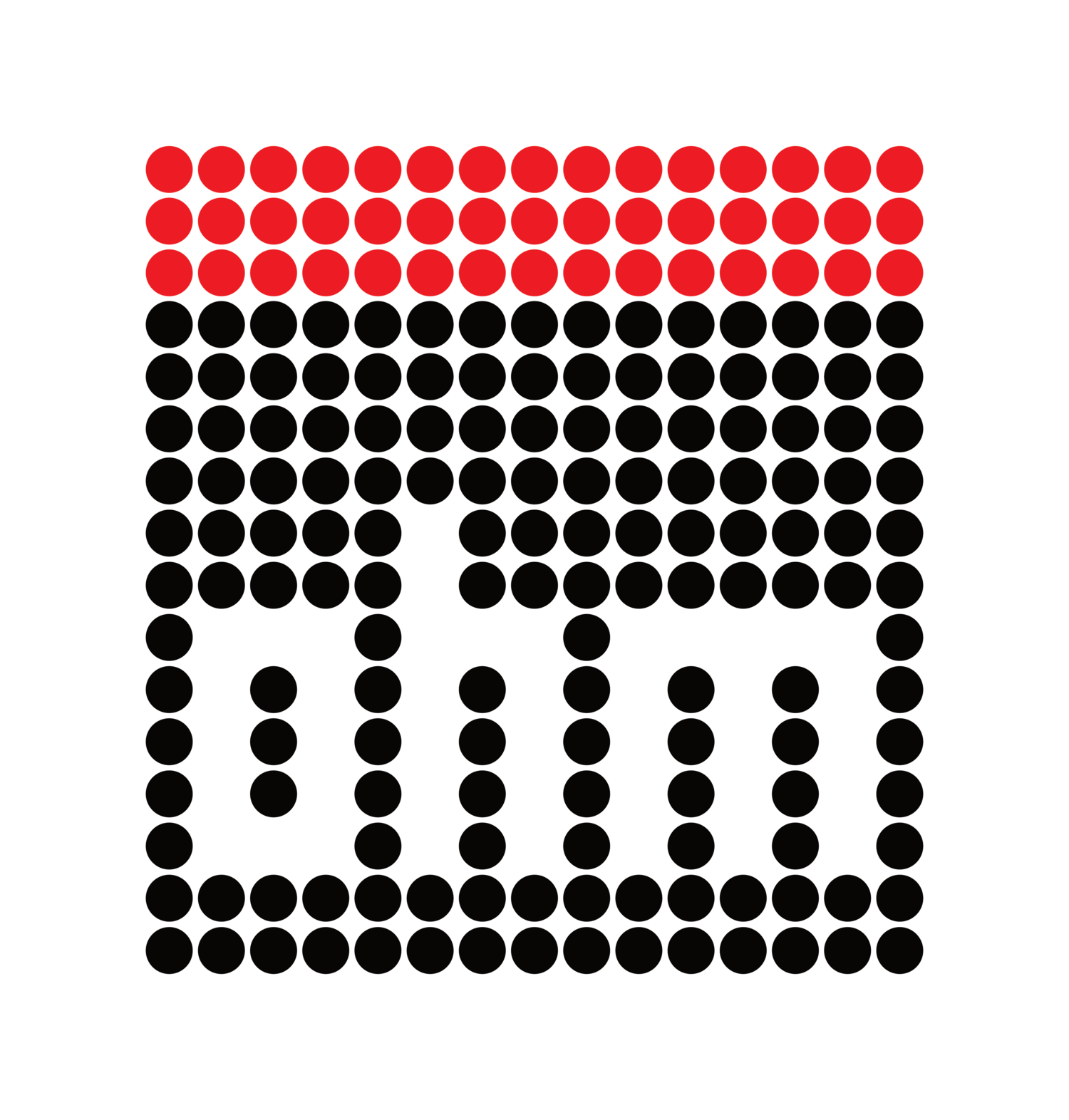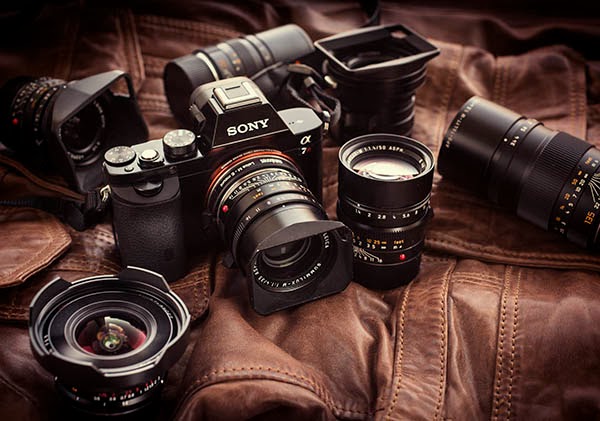Indeed, there is a huge bulk of Nikon/Canon users who drift to mirrorless for the express reason that neither company yet have a mirrorless camera system that does what their crop or FF dSLR systems can do.
I am part of that cohort.
I had high hopes for the Df. In the end, it was not the digital FM/E that many had hoped for. It was too large, too heavy, and too complicated to resemble the haptic coup d'état that was the 1970's SLR. It tried to please too many disparate elements.
Still, Nikon/Canon's current mirrorless systems are experiments. They are the big 2's Apple TV.
Unlike doomsayers, I believe this will only drive eventual sales of yet-to-come flagship mirrorless cameras from either company. They are waiting to get it right. Currently, Fujifilm's X-T1 and Olympus OMD-E1 are the closest mirrorless system cameras to providing the experience of shooting a digital SLR in the package of a film SLR. They are the current haptic leaders.
But haptics don't count for much in the current mirrorless world. The furore the Sony a7r caused is proof of that. Again, the a7r is a fine image maker, but it fails to deliver the essentials of image taking. The good news is: if you can get on with a Sony a7r, you can get on with anything.
Not counting Nikon/Canon out means realising that the big 2 have aces up their sleeves. They will not release flagship mirrorless designs with as many holes as the A7/r. They can't afford to.






